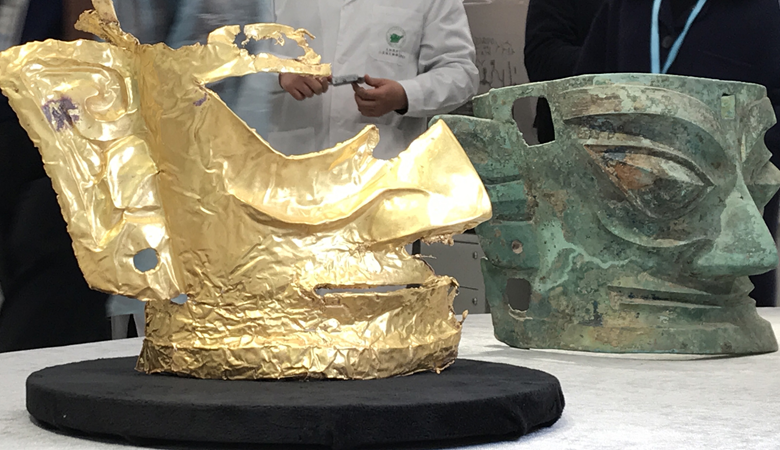Sacred artifacts discovered in a ritual pit

News Mania Desk/ Piyal Chatterjee / 21st September 2024
Known by its local name, “Saltworks,” Solnitsa was a fortified Chalcolithic (Copper Age) prehistoric village that first appeared between 4,000 and 4,200 BC.The manufacturing of ceramics and salt, a valuable commodity that Solnitsa exported throughout the Balkans, contributed to the settlement’s success.
The locals collected brine from the salt springs close to the modern city of Provadia, which was subsequently put into ceramic jars arranged in a shallow pit in a linear arrangement.A semi-dry layer of salt was left behind after a fire was started in the area between the jars, bringing the brine’s temperature to the boiling point.
With further refinement of the process, specialized furnaces for commercial salt production were created that could control internal temperatures and yield up to 30 kg of salt from a single loading.A string of powerful earthquakes severely damaged the colony, causing its defenses to crumble and the salt production that fueled Solnitsata’s economy to decrease.
Excavations carried very recently next to the principal citadel have revealed a ceremonial offering pit. Among the artifacts is a zoomorphic ceramic cup that features a bull, a symbol of fertility and strength in Neolithic and Chalcolithic tribes throughout Europe.
The hole also contains an intact preserved vessel with geometric designs, anthropomorphic miniatures of individuals, and artifacts fashioned from bone or pottery.Recent excavations have also revealed portions of a high-status Thracian mansion from many years later, as well as the remnants of other ancient homes.






